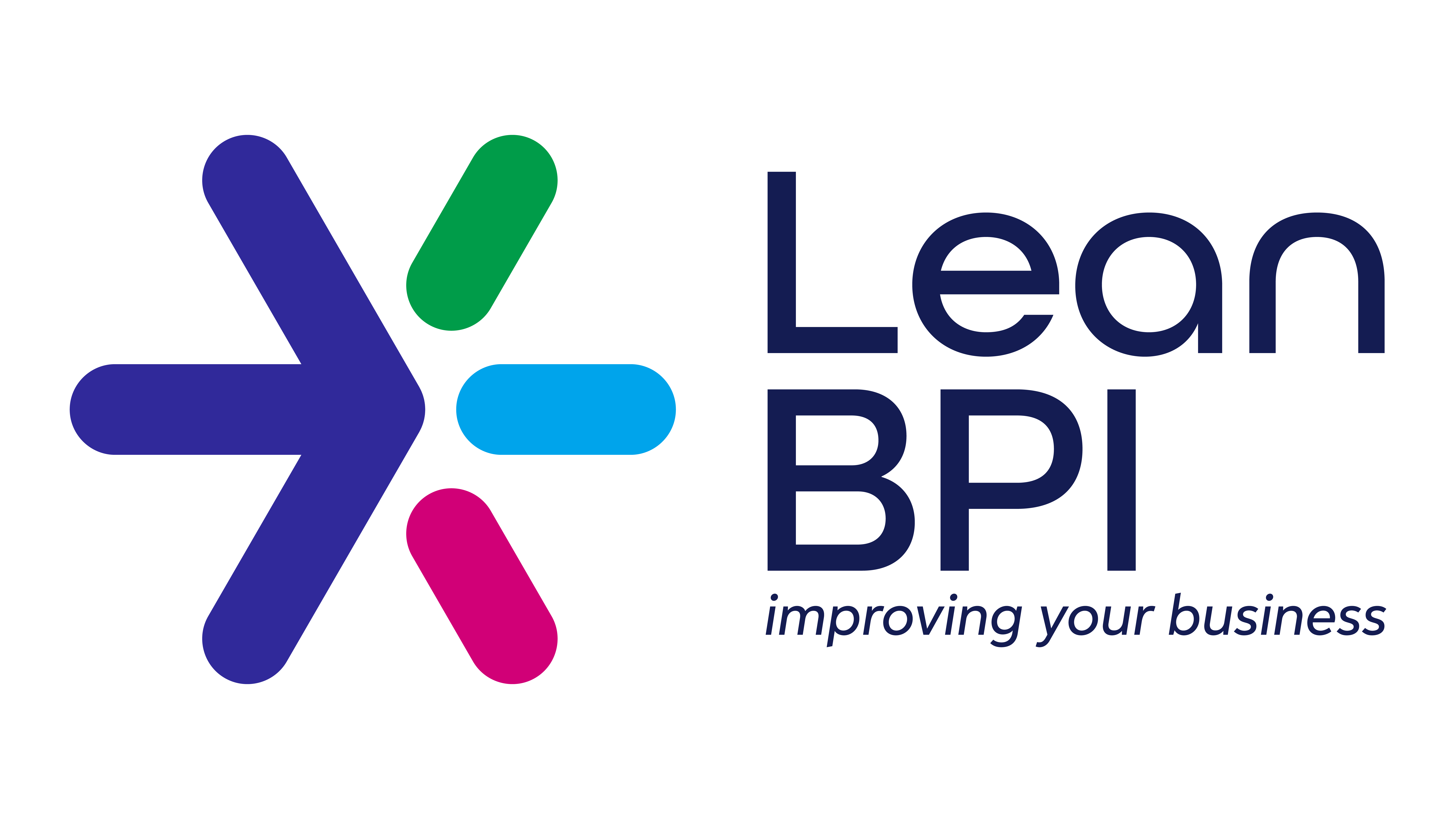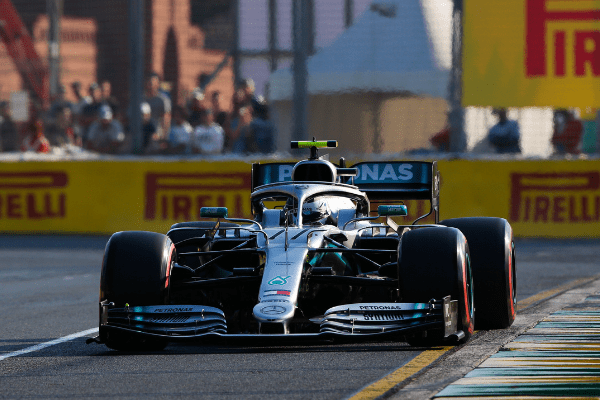A championship winning Formula 1 team is the sporting pinnacle of teamwork, collaboration and technological innovation. Let’s take a look at how F1 teams compete and what entrepreneurs and business leaders can learn from them to put their business in top position.
Involve everyone
Once the race is over, the race director talks through what happened during the race, and highlights the priorities for the next race. This is not a typical one-way ‘management briefing’ where the CEO informs his top managers what to do. In this session, everyone is involved, everyone’s input is valued and all questions are answered.
Innovation driven by data
Every week the teams make approximately 1,000 changes to improve the car’s performance. The cars are like a driving prototype — they are never in the same configuration. Everything is open to adjustment and tweaking based on how the car is performing (even during the race). Furthermore, these innovations are based on data. Big data is only the starter-motor in building the engine for success. Decision makers need the right insights at the right time in order to make the strategic calls that will win the race. Having a Plan B and C will help teams quickly change course if circumstances dictate a new direction is needed.
Learn from mistakes
Formula 1 teams understand that it’s rarely one person’s mistake. And that it’s best to learn from all the factors that happened during an incident, to prevent it from happening again. They realise that if people are not allowed to make mistakes, people will not push themselves and their abilities to the limit. In a sport where tenths of seconds matter, successful teams need everybody striving to get better and faster at all times. Leaders should create a no-blame culture where people are encouraged to experiment. Take a systems thinking perspective when learning from failure.
The Need for Speed
Formula 1 is all about speed but in more ways than one. Teams typically move over 30,000 kilos of gear by air freight alone plus the 60 personnel allowed to travel to each race, emphasising the need for speed in logistics & supply chain. All these resources can never miss a deadline, ever. Speed in innovation and design is also extremely important – Formula 1 cars are made up of over 5,000 components that over the course of the season are often redesigned and improved. On average, a design change is made every 20 minutes.
Being first is not the same as being fast
The teams who made the most radical changes–disrupting previous norms for race cars–weren’t usually the most successful on the course. So how can you mitigate the risk of failure when making more radical innovation plans? Look for incremental gains you can implement quickly. Protect the core while innovating at the edges. Being first to market is not the most significant advantage- it’s first to product-market fit that count!
If you want to understand more about Lean techniques and how to create a fast and agile business, click here to get in touch with John at LeanBPI


